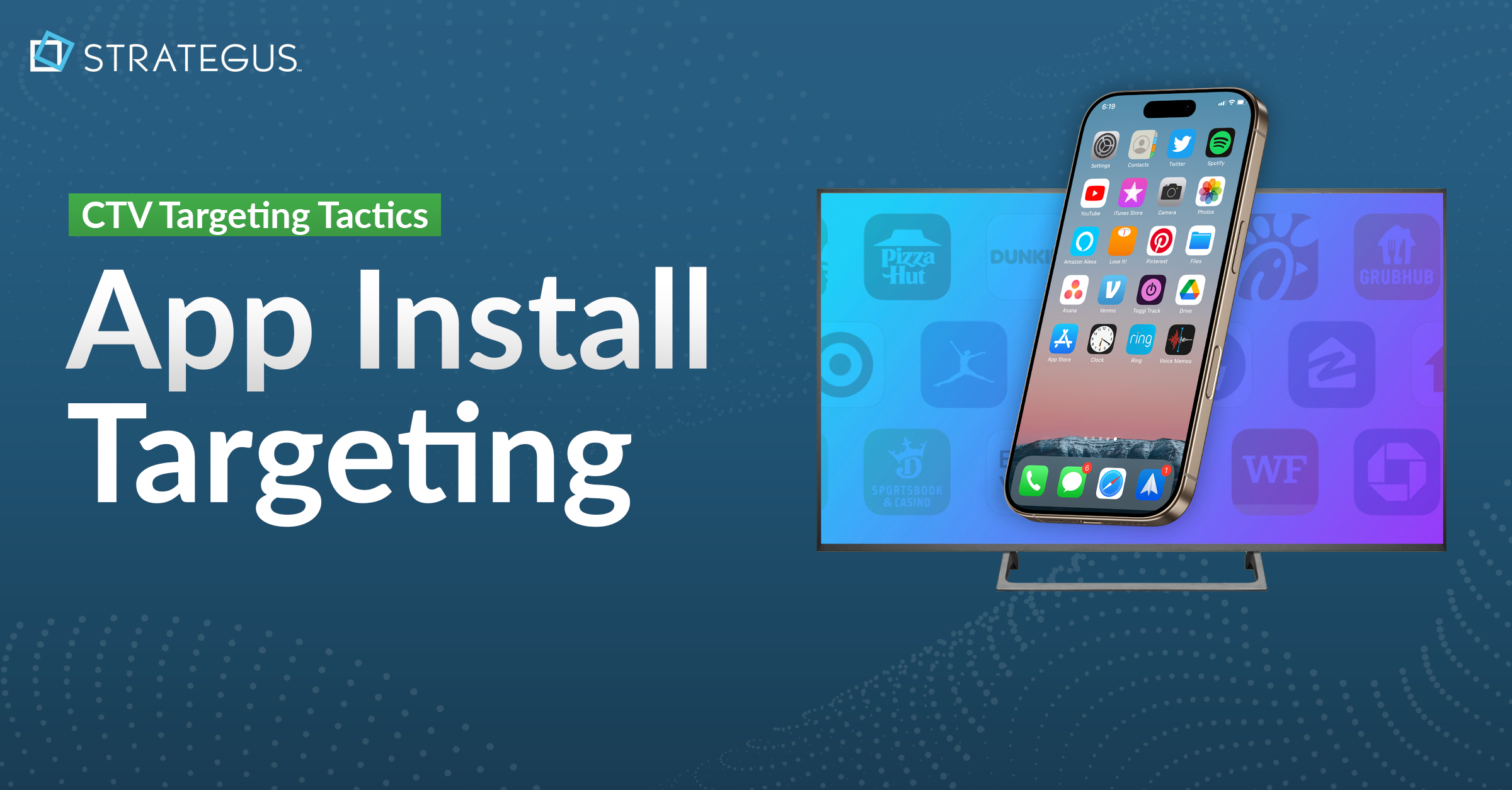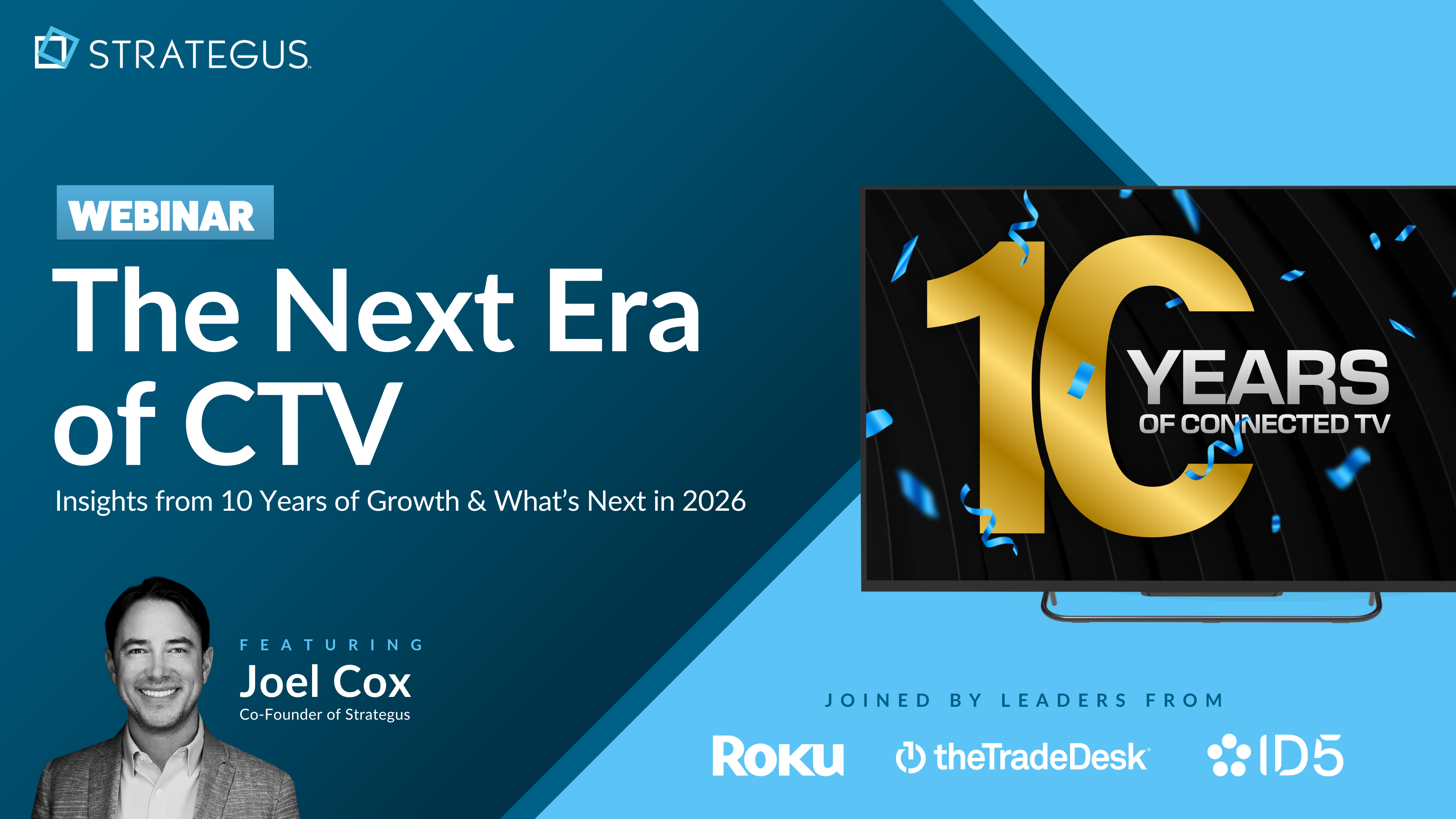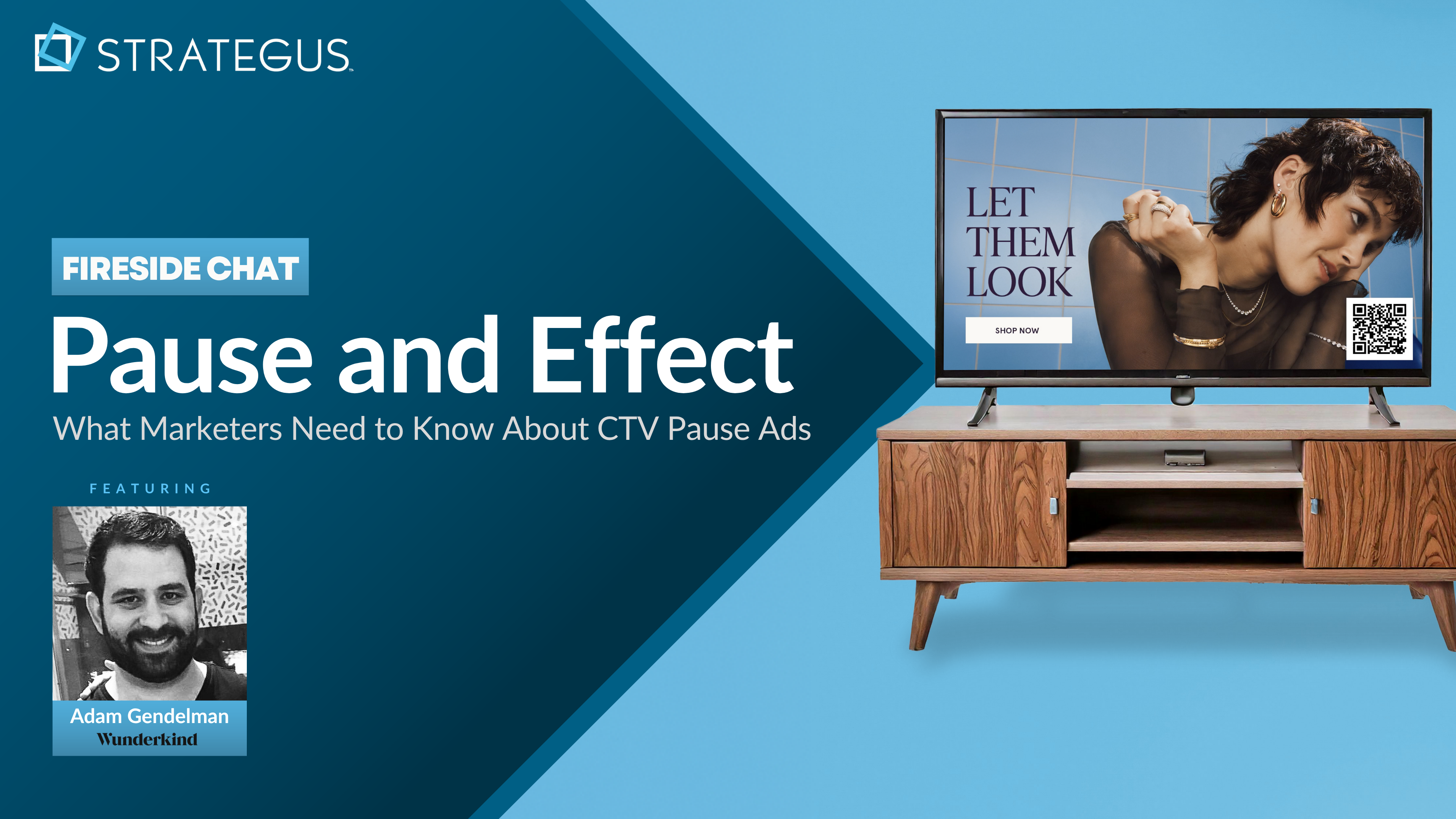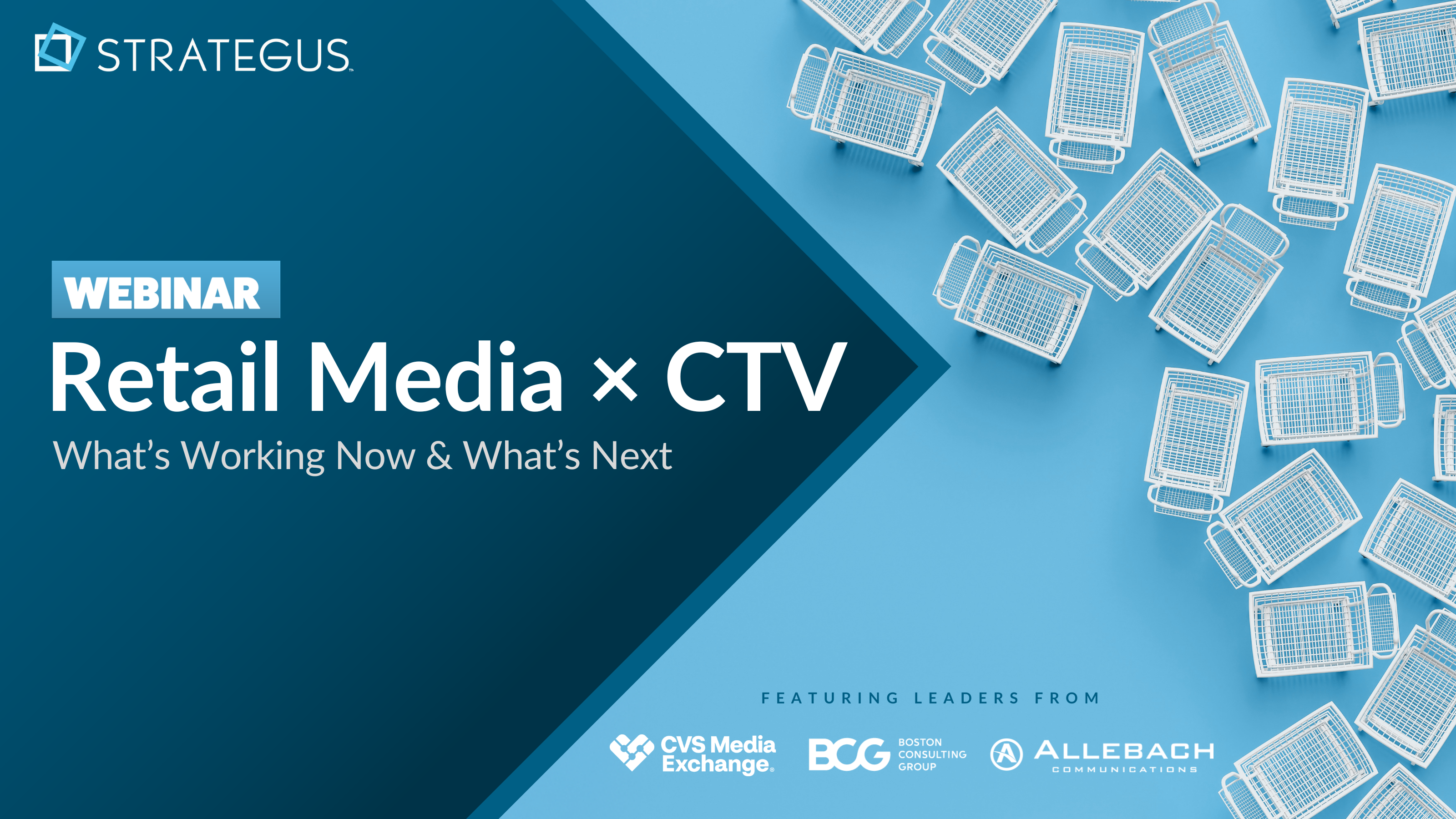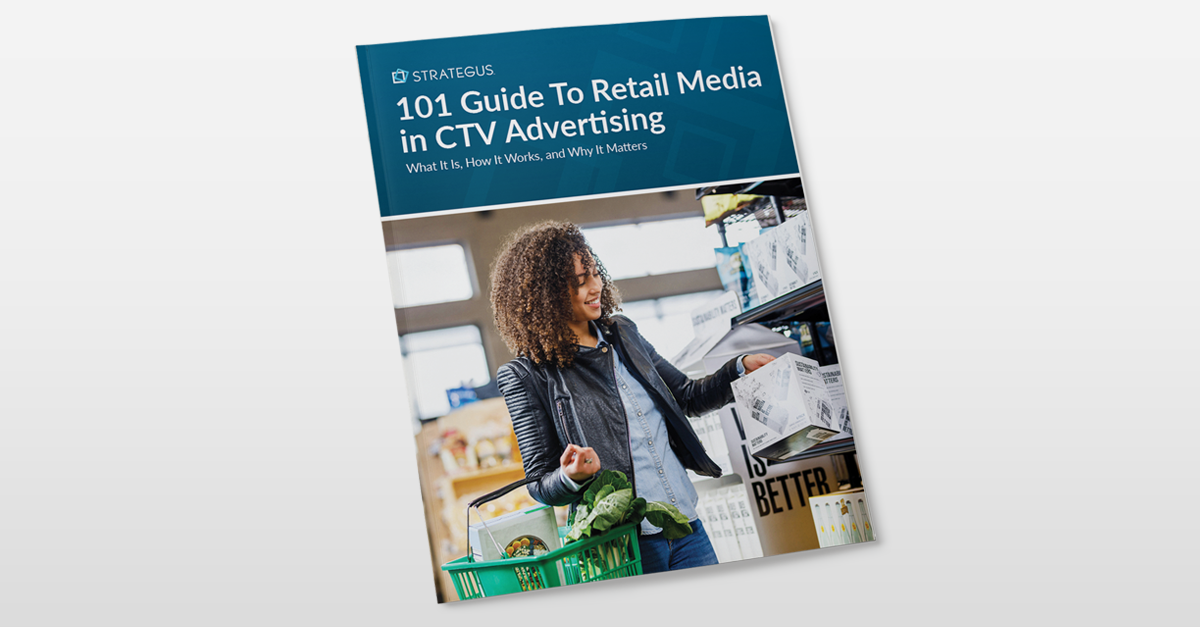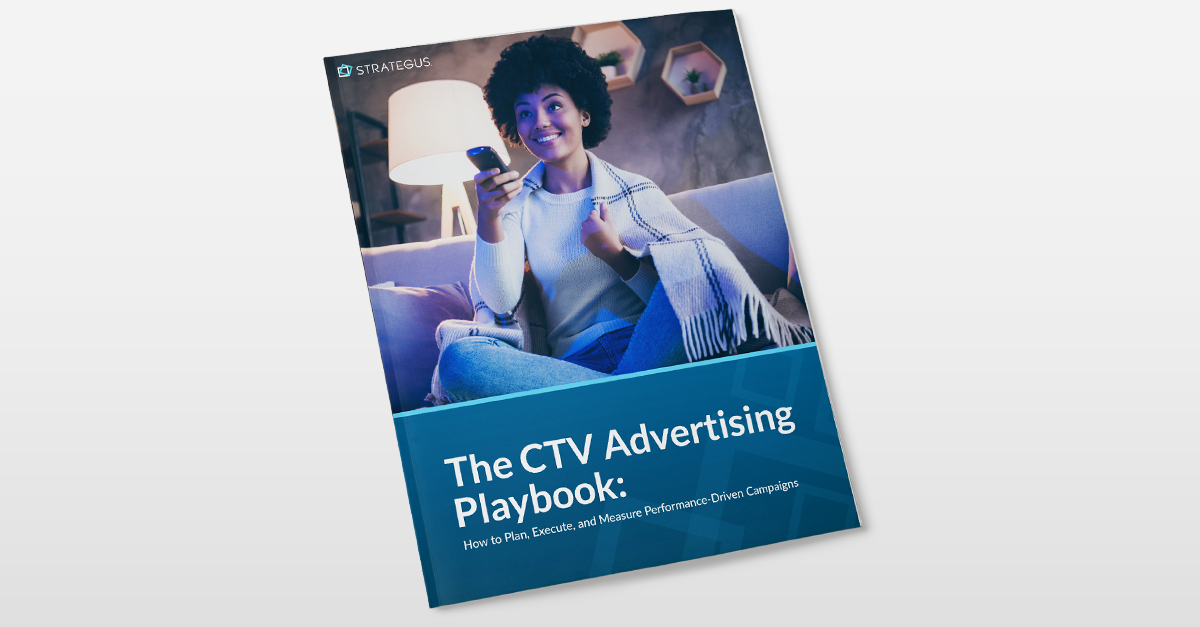- Home
- Strategus Blog
- NCAA Commercials In 2025 CTV Is The New Normal For College Football
NCAA Commercials In 2025 CTV Is The New Normal For College Football
 Andy Dixon
Andy Dixon
7 minutes read

This post is part of our larger “CTV/OTT Sports Advertising Guide,” click here to learn more.
Without a doubt, the advertising landscape has been rapidly evolving over the last few years. New terms are popping up daily and vocabulary is changing regularly. Hot trends like OTT (over-the-top) and CTV (connected TV) have turned out to be more than just a temporary fad, and have made a huge splash in the industry. Even then, the delicate workings of navigating advertising with OTT and CTV continue to evolve and morph every day.
With the COVID-19 pandemic creating a lot of uncertainty for the economy, advertisers have a lot of moving parts to factor in. Many large advertisers are backing out of upfront commitments as a precautionary measure and rethinking their marketing strategy for the year. Additionally, concerning NCAA football advertising post-COVID, each conference has its own individual plan for the upcoming season, which further complicates things for marketers. As news surrounding coronavirus changes, we can anticipate that this won’t be your standard fall season.

Why is CTV the new standard when it comes to college football advertising?
Previously, as the advertising landscape evolved and shifted towards streaming television, access to live sports was one of the final frontiers that traditional broadcast and cable clung on to. But due to the large loss in revenue with the upfronts, many broadcasters are making more in-game ad inventory available across streaming platforms. This makes it an opportune time for advertisers to hone in on CTV and leverage some of the perks that come with it.
Top benefits of advertising on CTV for college football include:
1. NCAA football advertising remains accessible during election years (even presidential election years)
When it comes to NCAA advertising during election years, marketers are generally blocked out for critical points of the year on traditional TV. With the amount of spending dedicated to political campaigns, ad spots on traditional broadcast and cable TV are dominated by political ads, especially during Presidential election years. This makes it fiercely competitive for non-political advertisers to get any sort of campaign through to the masses.
On the flip side, advertising in NCAA games through CTV gives marketers a fighting chance. You could even think of CTV as a safe haven. Thanks to programmatic bidding and more advanced targeting, marketers can reach a more specific individual on the same TV screen as broadcast, without being forced out by a political advertisement who purchased the entire slot of time. Also, and just as importantly, CTV isn’t bound by the same FEC guidelines that are partly responsible for the inundation of political advertising on broadcast TV. Traditional broadcast is the shotgun approach, riddled with waste, CTV is the laser beam. More on targeting below.
2. NCAA advertising on CTV allows you to hyper-target your audience
When we discuss targeting, we’re referring to a refined level of targeting far beyond the basic age, gender, and location filters. CTV advertising relies heavily on big data and gives marketers access to the most minute details of their target audience, hence the term: hyper-target. This is a huge advantage over advertising on traditional broadcast, where it was only possible to target a household generically.
For example, CTV advertising gives marketers the ability to narrow down their target audience from a catch-all “college football fan” to perhaps, “college football fan, previously in a fraternity, from a specific hometown, drinks craft beer, and also happens to be a fan of The Office.”
While not every campaign will require an audience defined to that level of detail, the ability to do so is one of the core advantages that is exclusive to advertising on OTT/CTV.
Hyper-targeting categories include:
- Behavioral Targeting – targeting audiences based on interests, hobbies, online activities, lifestyle, etc.
- Contextual Targeting – targeting audiences based on viewing history e.g. sports, comedy, outdoor shows vs. sports, action, thrillers
- Time of Day Targeting – targeting individual audiences at different times of day, based on when they are most active
- Technographic Targeting – targeting audiences based on device characteristics i.e. hardware, operating system, connection speed, etc.
- Geographic Targeting – targeting audiences based on traditional geodemographics (cities, zip codes, DMAs, Etc.) or on their real-time GPS-based location based on where they are and/or where they physically go on a regular basis. We believe that where people are willing to go in the physical world is more valuable than what they visit in their browsers
- Demographic Targeting – targeting audiences based on objective data points i.e. hometown, income, education level, etc.
- Automatic Content Recognition (ACR) Targeting – targeting audiences based on the program viewing habits on their CTV, this can be what they have historically watched or if they are currently watching a particular program/special (think Masters, Wimbledon, etc.)
- Purchasing Targeting – targeting audiences based on their historical spending habits and/or large purchase intent (credit-applications). Purchase history can be narrowed down to specific brands in many cases
- First-Party Data/CRM Activation – in this targeting scenario, you can take an existing database of past and/or current customers and target just them with a hyper-focused spend
3. Higher View Rates and Non-Skippable Advertising on NCAA Programs
When it comes to advertising on streaming platforms, there are various device categories ranging from tablets to game consoles. However, of all the device categories, advertising on CTV is considered a premium for a few different reasons. First, as viewing habits on streaming platforms begin to resemble linear/traditional TV, those longer view times of an hour or greater is most likely happening via CTV (the largest screen in the household).
Beyond that, advertising on a CTV also means:
- Serving ads to an actively engaged audience – the viewer is most likely already paying attention, engrossed in the game that they are watching paving way to leave a deeper impression
- Overall higher view rate – ads on CTV have nearly a 100% view-to-completion rate, which means brand recollection is much higher compared to advertising through traditional broadcast
- Non-skippable advertising – ad spots on CTV are generally shorter than standard commercials, and non-skippable, increasing the chances of maintaining audience attention as the ad streams
4. You can make your college football advertising on CTV actionable
As with any advertising campaign, one of the biggest questions on campaign success is around conversions. How can marketers measure their ROI and attribute it to the in-game marketing campaign?
In the early days of CTV advertising, this inability to “click” on CTV ads was considered a primary disadvantage. However, with innovative OTT/CTV firms like Strategus, marketers now have a way to make advertising on CTV actionable. Our team created both the Encore Omnichannel and Attribution Suite to address this issue. With these tools, we’re not only able to strategically deliver retargeted ads to individuals who watched a CTV ad to completion on a different device, but we can also track what actions those individuals took afterward.
This includes 6 customizable components for online and offline attribution to track post-view conversions:
- Post View Attribution – who visited the website after watching the ad
- Purchase Attribution – who purchased from the brand (on the website or on Amazon) after watching the ad
- Foot Traffic Attribution – who went to the physical store location of the brand after watching the ad
- UPC Attribution – what quantity of a specific product (via universal purchase code) was purchased by those exposed to 1 or more ads
- Inferred Brand Impact – how did a user’s online browsing behavior change before and after exposure to the ad
- Offline Conversion Tracking – Match offline purchase/CRM data to users exposed to the ads
5. No upfront commitments with the right partners
Given the current level of uncertainty surrounding the economy, it is no wonder that advertisers are hesitant to make large upfront commitments. Many live sports are adapting and changing their scheduled games according to new developments with the COVID-19 pandemic, further amplifying the level of uncertainty. With the right partners, this is another area where advertising on CTV holds an advantage in terms of flexibility.
For example, the Strategus team has worked hard to secure custom-curated inventory, with priority access and placement in NCAA football games, all while negotiating zero upfront commitments for the advertisers we work with.
The Bottom Line
As sports advertising moves over to digital platforms, it offers a lot of opportunities for marketers to capitalize on advertising during a college football game through CTV, especially considering it is a Presidential election year. College football advertising on CTV also offers specific core advantages such as hyper-targeting and non-skippable ads that can be tactfully leveraged. For more insight on how to approach NCAA advertising via CTV, contact our team to hear our take.


Andy Dixon is a seasoned Content Writing Specialist at Strategus, renowned for his expertise in creating engaging and impactful digital content. With over a decade of experience in content creation, Andy has honed his skills in a variety of niches, ranging from technology and marketing to education.
Strategus is a managed services connected TV(CTV) advertising agency with over 60,000+ campaigns delivered. Find out how our experts can extend your team and drive the result that matter most.
Talk to an Expert
Seeking a Custom CTV Strategy That Delivers?
What to read next
App Event Tracking: Tie Mobile App Activity to CTV Campaigns
Let’s say you’re running a CTV campaign for a personal finance app.
5 minutes read

Stop Guessing Who Your Audience Is — Let Their Apps Tell You
Connected TV (CTV) targeting often falls in one of two camps.
8 minutes read
See Who Bought After Your Ad + How Much They Spent
You can’t improve what you can’t measure. And for years, that’s been a major problem with TV advertising.
4 minutes read

First-Party Attribution: Match Ads to Sales With CRM Data
The value of first-party data continues to grow.
7 minutes read



